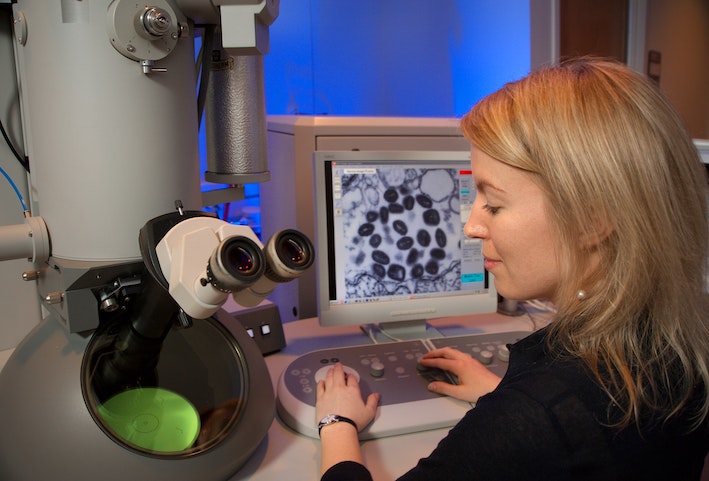Ada Lovelace and Other Extraordinary Women in STEM

We take for granted the ease of modern technology. But, devices like smart phones and computers are a relatively new invention in the grand scheme of history. And, who do we have to thank for this revolution? The incredible hard working people in the STEM industry. However, more often that not, history overlooks women who work in STEM. In honour of Ada Lovelace (and her birthday today), we’re going to highlight these women who helped shaped the scientific field.
Who is Ada Lovelace?
Ada Lovelace, born in mid-19th century England, was the first computer program. She recognised that the first computer had applications beyond pure calculation. Thus, leading to her publishing the first algorithm.
Coming into this world as a Byron, Ada was the only child of poet Lord Byron and mathematician Lady Byron. A month after she was born, her father left England forever. Hurt by this betrayal, her mother promoted Ada’s interest in mathematics and logic. This is because she believed the effort would stop Ada from developing and interest in her father’s perceived insanity.
Ada married William King in 1853. He became Earl of Lovelace in 1838, thereby making Ada the Countess.

Education
For a long time, society and law refrained women from perusing educational interests. What’s more, they were unable to attend university for them. However, because of social standing, Ada surrounded her self with brilliant minds to feed her brilliant mind.
She associated with scientists such as:
- Andrew Crosse
- Charles Babbage – who built the first computer she would end up programming.
- Sir David Brewster
- Charles Wheatstone
- Michael Faraday
And, the author Charles Dickens. All whom helped her further her education.
Ada Lovelace described herself as a “poetical scientist”.
Her “Big Break”
Lovelace worked under Charles Babbage as a translator. Whilst doing so, she adorned the paper with notes – which, subsequently, found themselves in the translation. She spent the better part of the year doing this, assisted with input from Babbage. Ultimately, these notes, more extensive than the original paper, publish in Scientific Memoirs under the initials AAL.
In these notes, Ada described an algorithm for Babbage’s Analytical Engine to compute Bernoulli numbers. Thus, creating the first programming algorithm for a computer. Unfortunately, Babbage never completed the engine so her program was never tested.
Tragically, Ada Lovelace died at just 36 years old. However, her mind helped take the first steps to creating our modern tech industry. And, all she used was a pen, paper, and brainpower.

Other Extraordinary Female Scientists
Ada Lovelace was not the only woman shaping the future of science. Check out these other incredible minds who overcame the hurdles of the past centuries on female education.
- Marie-Anne Paulze Lavoisier (1748-1836) – the mother of modern chemistry. Her attention to detail played a pivotal role in chemical experiments and publications.
- Henrietta Swan Leavitt (1868-1921). Leavitt made breakthrough discoveries in astronomy, including the identification of over 2,300 variable stars. What’s more she found the link between a star’s brightness and its distance for the Earth – the basis of which helped Edwin Hubble determine that the universe was expanding.
- Bertha Parker Pallan Cody (1907-1978) – one of the first Native American archaeologists. She made a revolutionary discovery of a Pueblo site in 1929.
- Rosalind Franklin (1920-1958). Holding a PhD in physical chemistry from Cambridge, Franklin successfully photographed the structure of DNA. However, she unfortunately passed away without receiving any recognition for her contributions.
- Alice Ball (1892-1916) – a pioneering Black chemist. Ball evolved treatment for leprosy in the early 20th century. What’s more, she became one of the first female chemistry professors in the US.
- Chien-Shiung Wu (1912-1997) – helped advance knowledge of atomic science. She was the first person to prove that the principle of parity conservation does not apply during beta decay.
- Marie Curie (1867-1934) – the only scientist to win Nobel Prizes in two scientific fields. She isolated new elements polonium and radium for the first time.
There are so many more brilliant female scientists to discover! Do you have an interest in STEM? Join our STEM Maker Club today to turn this passion into exciting projects.